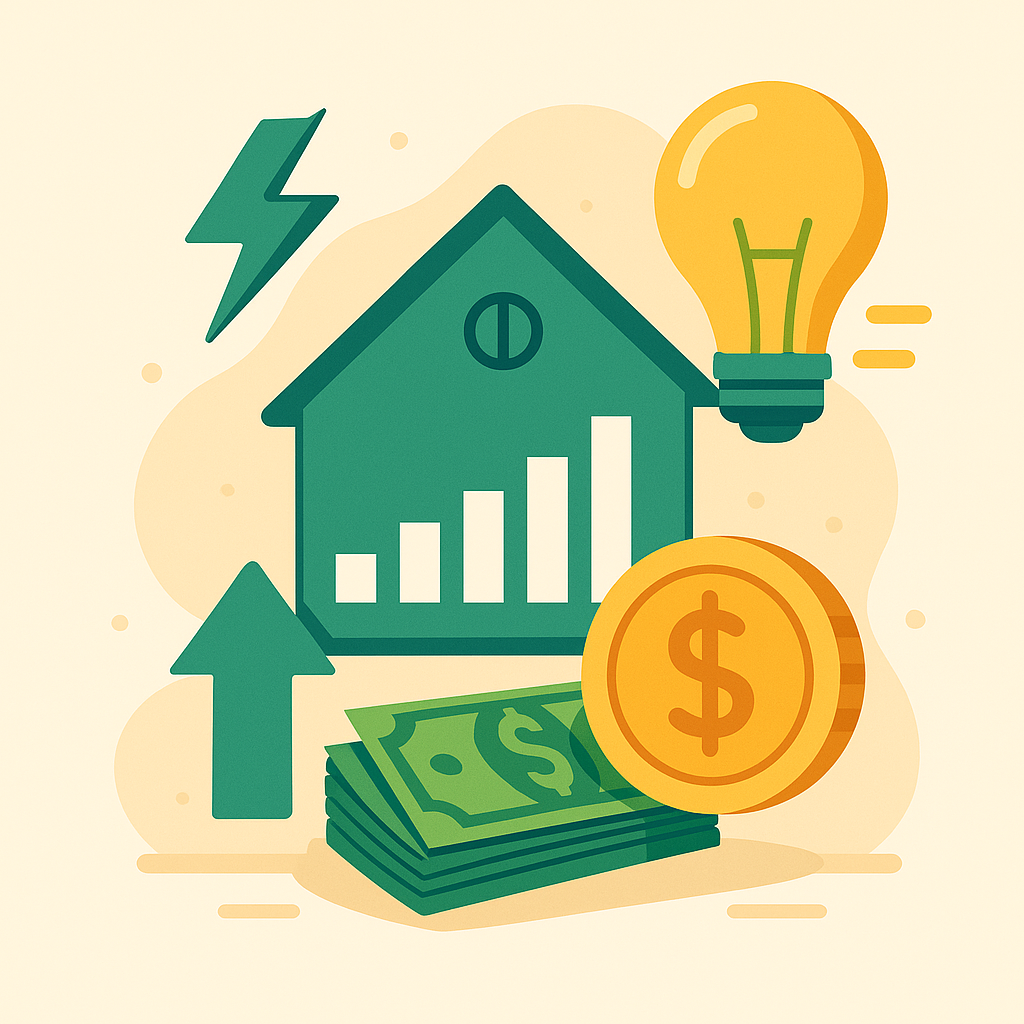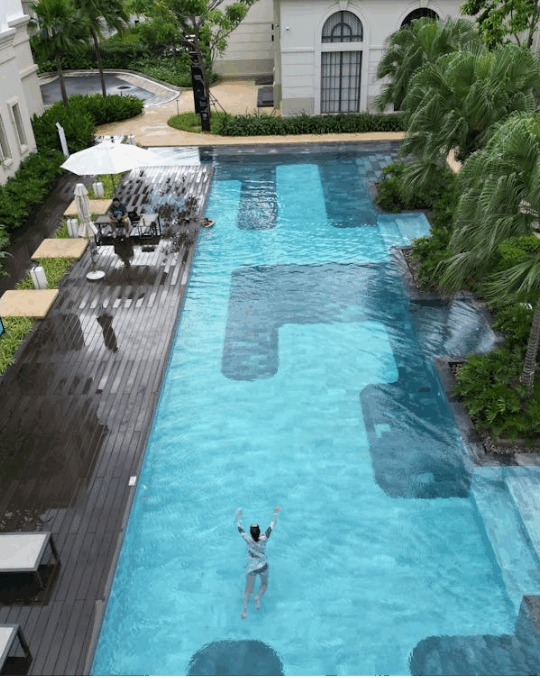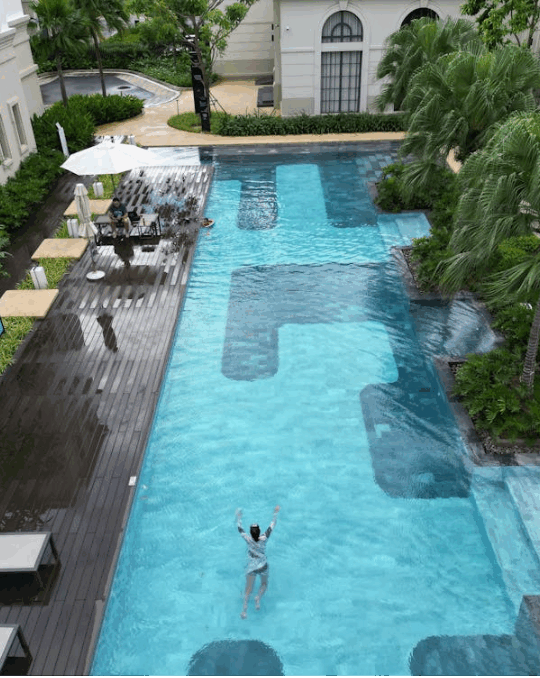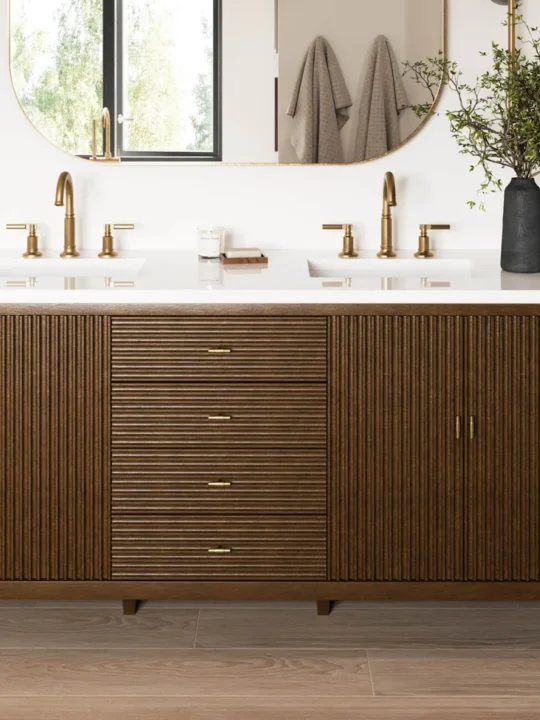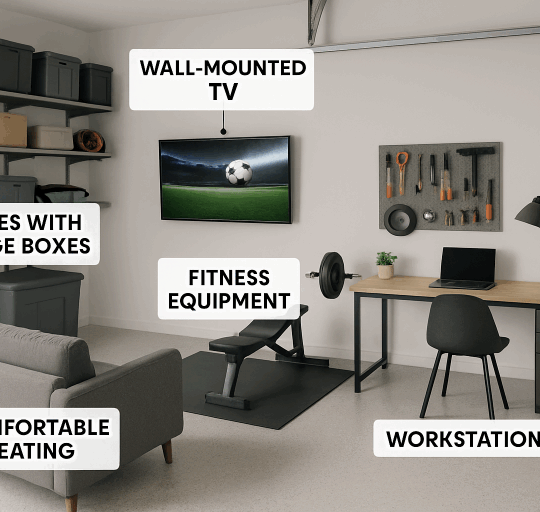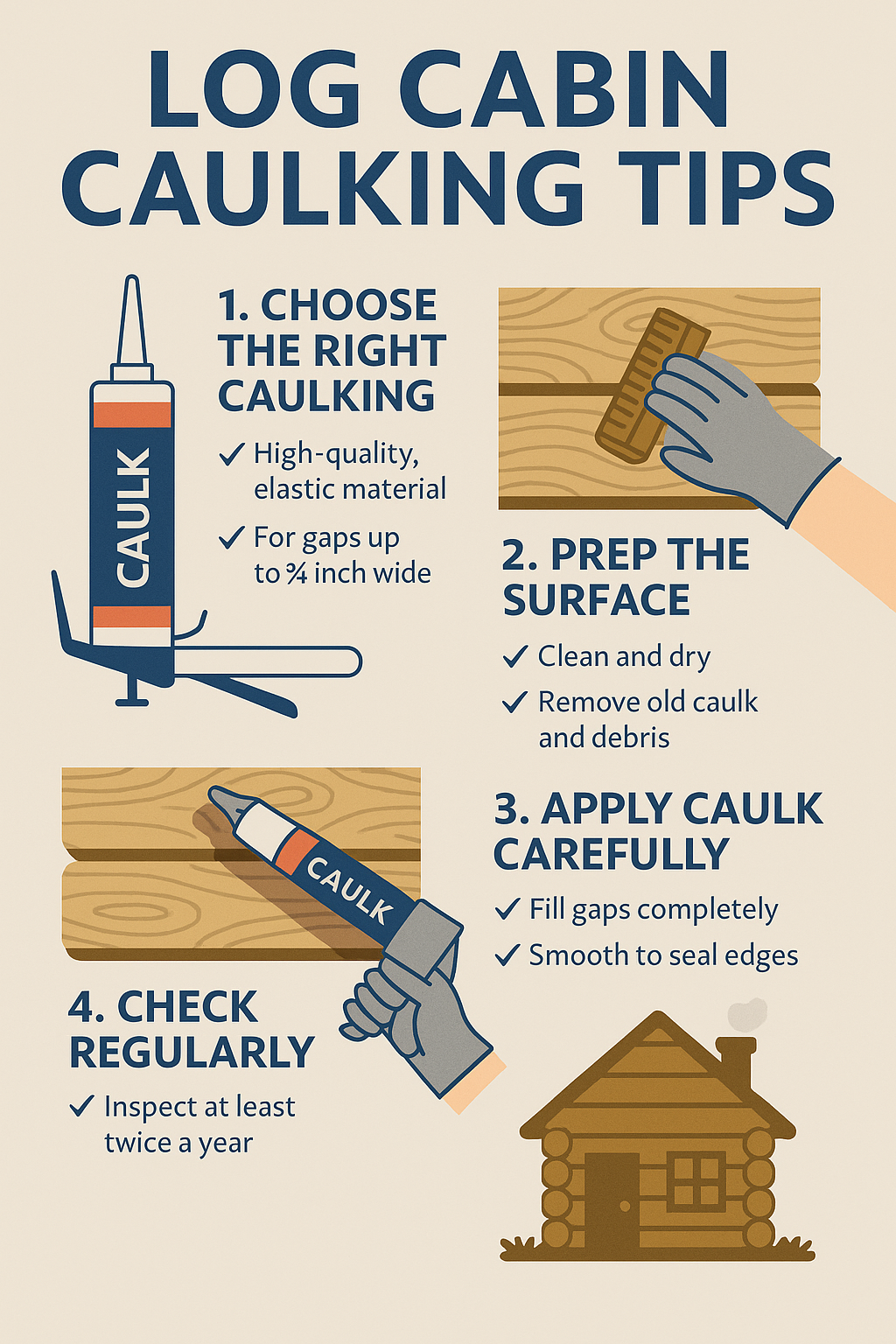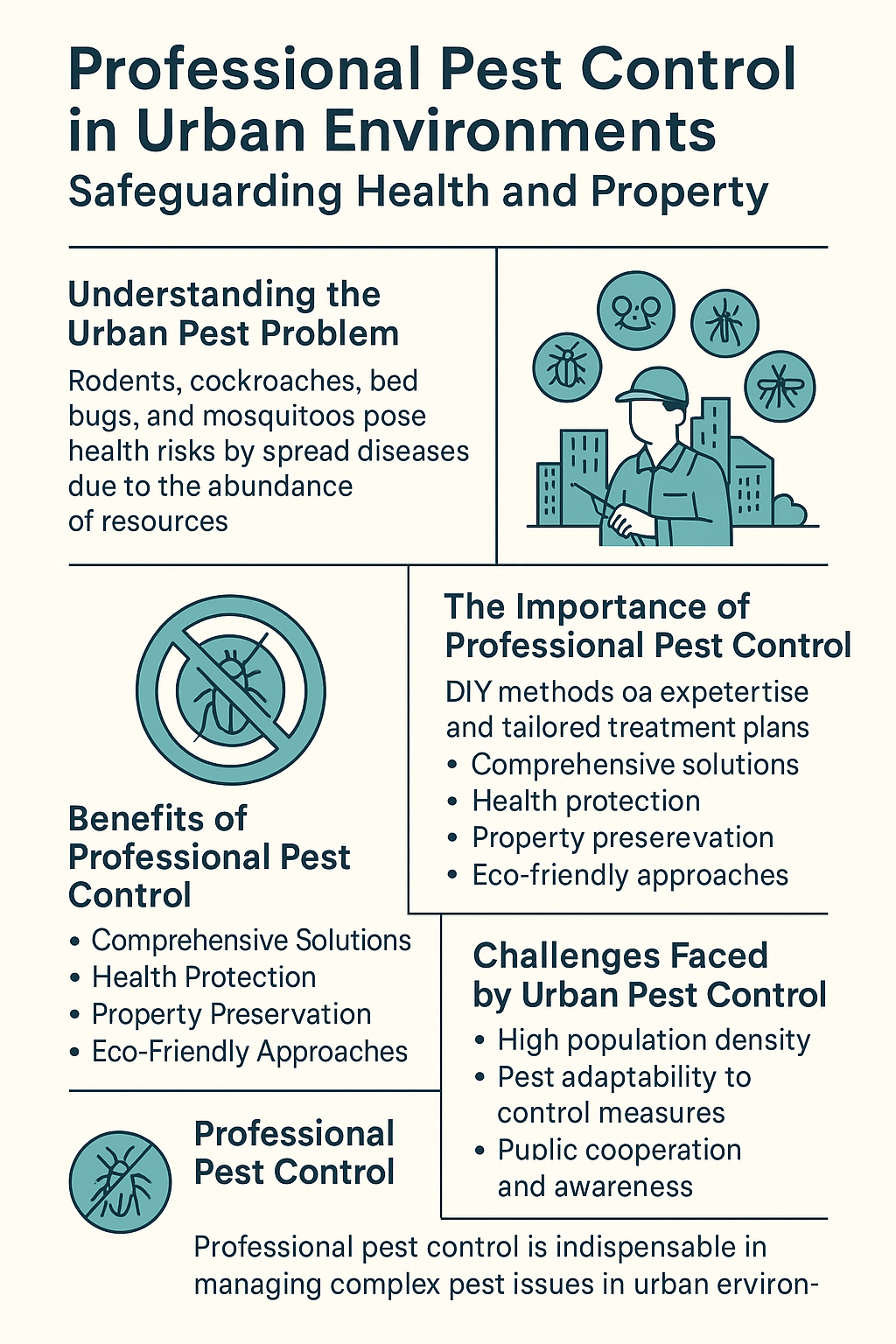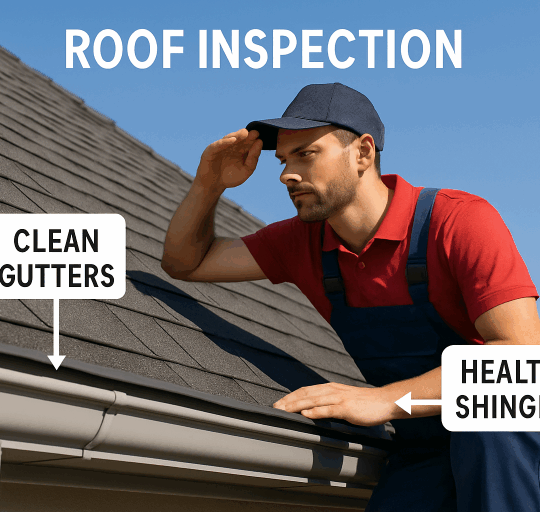Most home improvements cost money without ever giving it back. You paint the living room or update the kitchen because you want to, not because it’ll somehow reimburse you. But energy-efficient upgrades work differently. Done right, they reduce your utility bills enough that they eventually cover their own cost.
The math isn’t complicated. If an upgrade costs $500 and saves you $100 per year on energy, it pays for itself in five years. After that, it’s pure savings. The trick is knowing which upgrades actually deliver those savings and which just sound good in theory.
Some improvements pay back quickly while others take decades. Understanding the timeline helps prioritize where to spend money first, especially when working with a limited budget. Starting with the upgrades that deliver the fastest returns makes the most sense for most homeowners.
Table of Contents
- 1 Window Treatments That Actually Insulate
- 2 Weatherstripping: Cheap and Effective
- 3
- 4 Programmable Thermostats Make Heating and Cooling Smarter
- 5 Attic Insulation Delivers Long-Term Savings
- 6 LED Lighting: Simple Switch, Real Savings
- 7 Water Heater Insulation Blankets
- 8 What About Solar Panels?
- 9 Prioritizing Your Energy Upgrades
Window Treatments That Actually Insulate
Windows are one of the biggest sources of energy loss in most homes. Heat escapes through them in winter, and unwanted heat floods in during summer. The right window treatments can significantly reduce both problems without the expense of replacing windows.
Cellular or honeycomb shades create air pockets that act as insulation. The honeycomb structure traps air between the window and the room, reducing heat transfer in both directions. Quality cellular shades can reduce heat loss through windows by 40-50%, which translates to measurable savings on heating and cooling bills.
Plantation Shutters are easily bought online, and they offer excellent insulation properties. The solid panels create a barrier against heat transfer, and when closed, they form an effective seal that prevents air movement around windows. They work particularly well in climates with temperature extremes.
Thermal curtains or insulated drapes also work, though they need to be closed to provide benefits. The downside is they block light when doing their job. Cellular shades and shutters can be adjusted to control light while still providing some insulation, making them more practical for daily use.
The payback period for insulating window treatments varies by climate and current energy costs, but typically ranges from 3-7 years. In regions with harsh winters or extremely hot summers, the savings come faster.
Weatherstripping: Cheap and Effective
Weatherstripping around doors and windows might be the most cost-effective upgrade available. A complete weatherstripping job for an average home costs $100-200 in materials, and most people can do it themselves in a weekend.
Air leaks around doors and windows force heating and cooling systems to work harder. Sealing these gaps can reduce energy bills by 10-20%, depending on how leaky the house was to start with. That means this upgrade often pays for itself within the first year.
The materials are simple: foam tape, door sweeps, and adhesive weatherstripping for windows. Nothing complicated or expensive. The hardest part is taking the time to do it thoroughly rather than just hitting the obvious gaps.
Check weatherstripping annually because it degrades over time. Compressed foam loses its seal, adhesive weakens, and door sweeps wear down. Replacing worn weatherstripping maintains the energy savings without significant ongoing cost.
Programmable Thermostats Make Heating and Cooling Smarter
Heating and cooling account for roughly half of most home energy bills. A programmable or smart thermostat optimizes when your HVAC system runs, reducing waste without sacrificing comfort.
The concept is straightforward: why heat or cool an empty house? Program the thermostat to reduce heating or cooling when nobody’s home, then return to comfortable temperatures before people arrive back. This simple change can cut heating and cooling costs by 10-15%.
Basic programmable thermostats cost $30-80 and typically pay for themselves within a year. Smart thermostats run $100-250 but learn your schedule automatically and can be controlled remotely. The extra features might not speed up payback, but they make the system easier to use consistently.
Installation is usually simple enough for DIYers. Most thermostats use standard wiring, and online tutorials walk through the process step by step. If the existing thermostat has more than four wires, it’s probably compatible with most modern replacements.
The key is actually using the programming features. A programmable thermostat set to constant temperature delivers zero savings. Set it up properly and maintain reasonable temperature setbacks (7-10 degrees while away or sleeping) to see real results.
Attic Insulation Delivers Long-Term Savings
Heat rises, which means inadequate attic insulation lets expensive heated air escape during winter. In summer, insufficient insulation allows heat from the roof to radiate into living spaces, forcing air conditioners to work harder.
Adding attic insulation costs anywhere from $1,500 to $3,500 for an average home, depending on current insulation levels and attic size. This is where it gets expensive compared to weatherstripping or thermostats. But the energy savings are substantial – often 15-25% reduction in heating and cooling costs.
Payback typically takes 5-10 years, which sounds long but makes sense given that insulation lasts 80-100 years without needing replacement. Calculate the return over the insulation’s lifetime and the investment looks much better.
DIY installation is possible with blown-in insulation, though it’s messy and time-consuming. Professional installation ensures proper coverage and avoids common mistakes like blocking attic ventilation. Many utility companies offer rebates or incentives for insulation upgrades, which can reduce the upfront cost significantly.
Check current insulation levels before adding more. If there’s already 10-12 inches of insulation, adding more won’t deliver enough additional benefit to justify the cost. The biggest savings come from upgrading inadequate insulation to recommended levels.
LED Lighting: Simple Switch, Real Savings
Replacing incandescent bulbs with LEDs is maybe the easiest upgrade on this list. Buy bulbs, screw them in, done. The energy savings are immediate and measurable.
LEDs use about 75% less energy than incandescent bulbs and last 25 times longer. A single LED bulb saves $50-100 over its lifetime compared to using incandescent bulbs for the same period. Multiply that across every bulb in a house and the numbers add up quickly.
The upfront cost has dropped dramatically. Quality LED bulbs now cost $2-5 each, down from $10+ just a few years ago. Replacing bulbs as old ones burn out rather than all at once spreads the cost without losing the benefits.
Payback happens within months for bulbs that run several hours daily. Even bulbs in less-used rooms pay for themselves within a year or two. After that point, the savings continue for years since LEDs last so much longer than traditional bulbs.
The color temperature matters for satisfaction. LEDs come in various tones from warm (yellowish) to cool (bluish). Most people prefer warm white (2700-3000K) for living spaces as it matches traditional incandescent light. Buying one bulb to test before replacing everything prevents disappointment.
Water Heater Insulation Blankets
Water heaters lose heat through their walls, especially older models without much built-in insulation. An insulation blanket wraps around the tank to reduce this heat loss, meaning the water heater doesn’t have to work as hard to maintain temperature.
These blankets cost $20-50 and take maybe an hour to install. Following the instructions carefully ensures proper fit and safe operation. Never cover the thermostat or temperature relief valve – these need to remain accessible and functional.
Energy savings vary based on the water heater’s age and current insulation level. Older tanks benefit most, potentially saving 7-16% on water heating costs. Newer, well-insulated tanks see smaller benefits, maybe 4-9% savings.
Payback usually happens within a year, making this a quick win. Combined with lowering the water heater temperature to 120°F (if it’s set higher), the savings increase without additional cost.
What About Solar Panels?
Solar panels deserve mention since they’re the most talked-about energy upgrade. But the payback calculation is complicated and varies wildly by location, electricity rates, available incentives, and installation costs.
In ideal conditions with good sun exposure, high electricity rates, and solid incentives, solar can pay for itself in 6-10 years. In less favorable situations, payback might take 15-20 years or never happen at all. The system will need maintenance and might require component replacement during that time.
Solar makes financial sense for some homeowners and not others. It requires significant upfront investment ($15,000-25,000 after incentives for a typical residential system) and works best as a long-term commitment. Unlike a $30 thermostat or $50 insulation blanket that deliver quick returns, solar is a major decision requiring careful analysis.
Prioritizing Your Energy Upgrades
Start with the cheapest, fastest-payback improvements: LED bulbs, weatherstripping, and programmable thermostats. These cost a few hundred dollars total and pay for themselves within a year or two.
Next, tackle insulating window treatments and water heater blankets. These mid-range investments deliver solid returns within 3-5 years without breaking the budget.
Save major investments like attic insulation or solar panels for later, after confirming the smaller upgrades delivered the expected savings. These expensive projects make more sense once you’ve captured all the easy savings and want to push further.
Energy costs and climate affect every calculation here. Someone in a region with extreme temperatures and high electricity rates will see faster payback on insulation than someone in a mild climate with cheap power. Run the numbers based on your actual situation rather than national averages.
